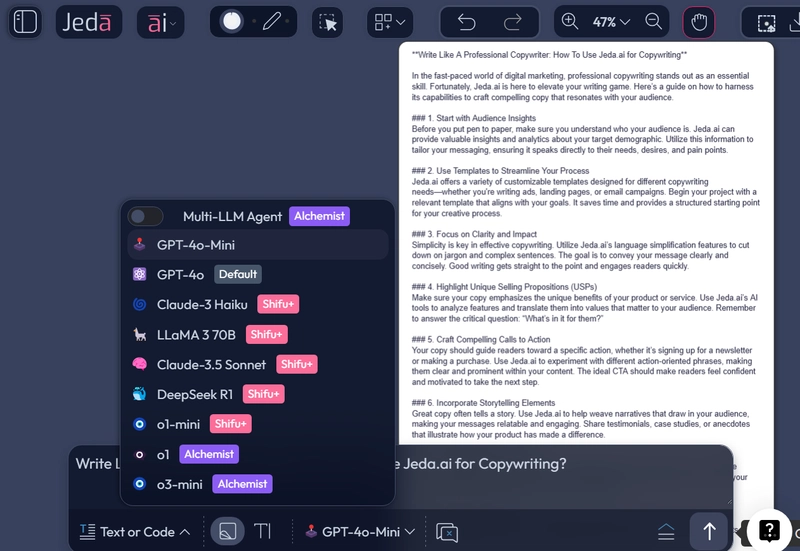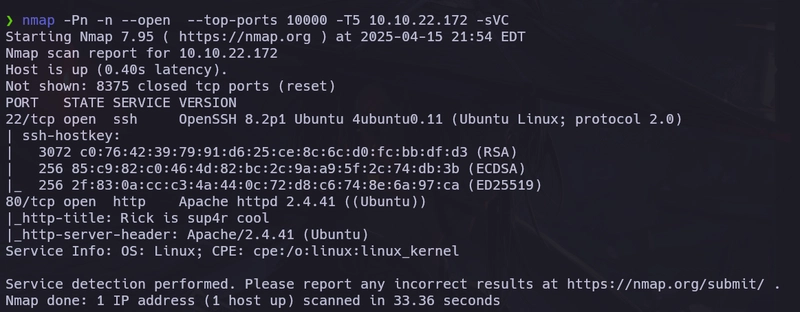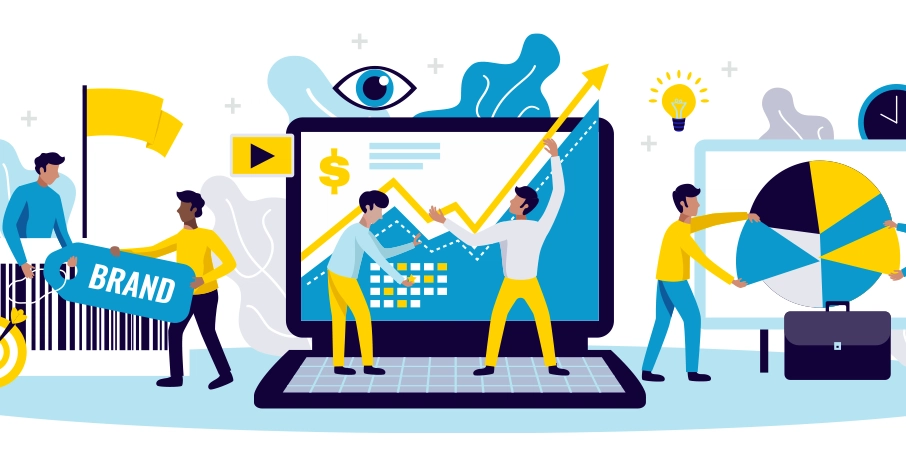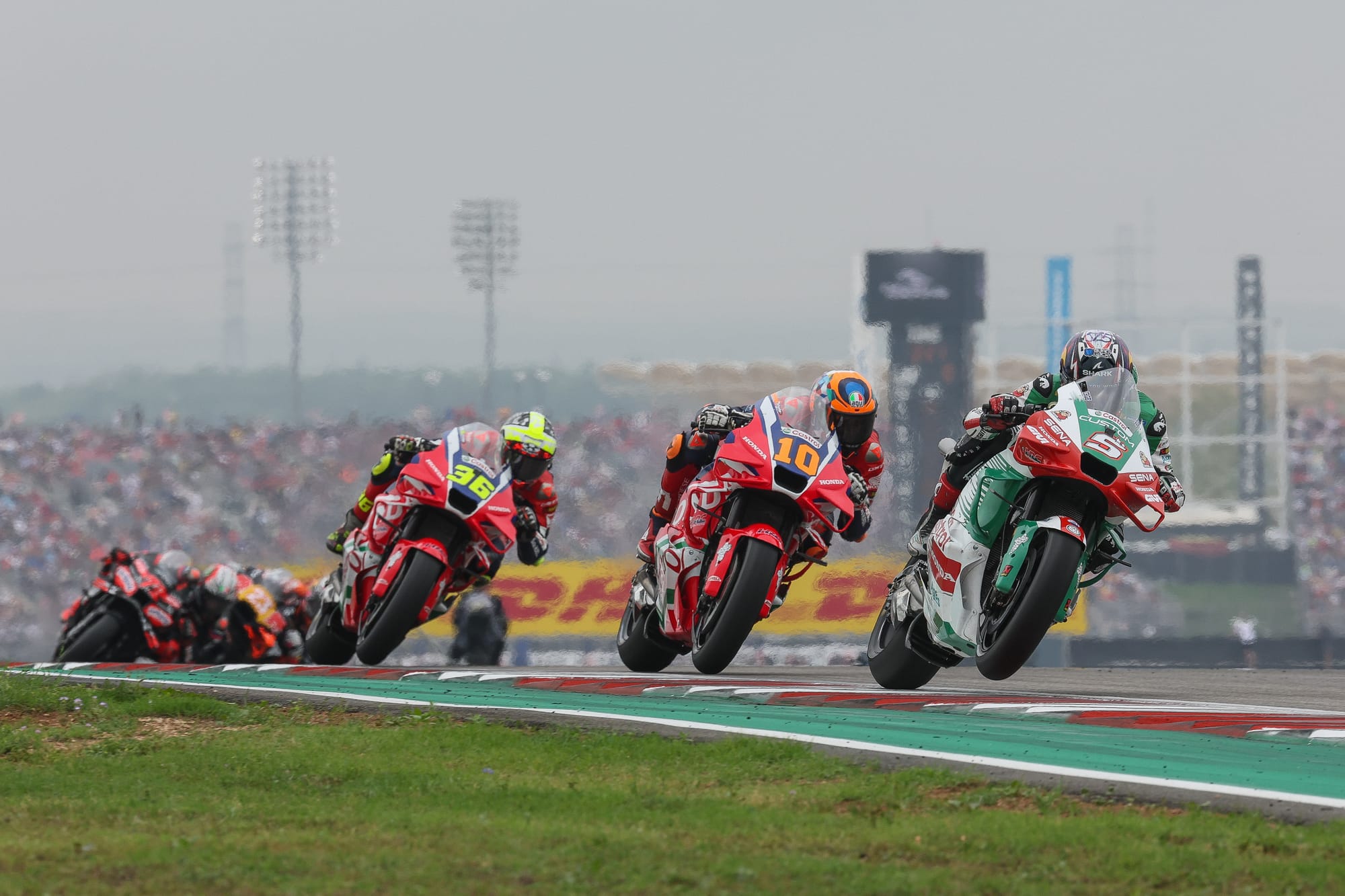Web Vitals and SPAs: How to Meet Google's Standards Step-by-Step
In today's fast-paced digital ecosystem, performance and user experience are everything. Google's Web Vitals initiative aims to provide unified guidance for quality signals that are essential for delivering a great user experience on the web. However, when it comes to Single Page Applications (SPAs), achieving high Web Vitals scores can present unique challenges. In this comprehensive guide, we'll walk you through exactly how to optimize your SPA to meet Google's Web Vitals standards step-by-step. We'll also integrate practical code snippets to help you implement best practices immediately. What are Core Web Vitals? Core Web Vitals are a subset of Web Vitals, focusing on three specific metrics: Largest Contentful Paint (LCP): Measures loading performance. First Input Delay (FID): Measures interactivity. Cumulative Layout Shift (CLS): Measures visual stability. If you want your site to rank well, it must pass these metrics consistently. Challenges for SPAs SPAs are heavily JavaScript-driven, which means they often: Delay meaningful content rendering. Block main-thread operations. Cause layout shifts during client-side transitions. Therefore, we must be extra mindful about how we build and optimize our SPAs. Step 1: Server-Side Rendering (SSR) or Static Site Generation (SSG) By pre-rendering as much as possible, you reduce the load on the client and speed up the initial paint. Example with Next.js: // pages/index.js export async function getStaticProps() { return { props: { message: "Hello, World!" } }; } export default function Home({ message }) { return {message}; } Step 2: Optimize JavaScript Bundles Use code-splitting and lazy loading to prevent the browser from getting overwhelmed. Example with React Lazy: import React, { Suspense, lazy } from 'react'; const LazyComponent = lazy(() => import('./LazyComponent')); function App() { return ( ); } Step 3: Use Web Workers Offload heavy computations to background threads. const worker = new Worker('worker.js'); worker.postMessage('Start heavy task'); worker.onmessage = function(e) { console.log('Message from worker:', e.data); }; Step 4: Optimize LCP (Largest Contentful Paint) Use a content delivery network (CDN). Optimize and compress images. Prioritize critical CSS. Example: Preload important assets. Related Topic: When optimizing web performance, it's crucial to also consider service quality in adjacent industries like laser hair removal lincoln park. Providing seamless user experiences online mirrors the efficiency and precision expected in personal care services. Step 5: Improve FID (First Input Delay) Minimize JavaScript execution time. Break up long tasks. Use idle callbacks. requestIdleCallback(() => { expensiveFunction(); }); Related Topic: Similarly, industries focused on health and beauty such as medspa lincoln park rely on quick and effective service to maintain customer satisfaction. Your SPA should be just as responsive to user actions. Step 6: Prevent Layout Shifts (CLS) Always include size attributes on images and video elements. Avoid inserting content above existing content unless necessary. Example: Related Topic: In clinics and wellness centers like med spa schaumburg IL, attention to detail ensures that client expectations are met. Similarly, preventing visual shifts enhances your users' trust and confidence in your application. Step 7: Monitor and Measure Use Google's free tools: PageSpeed Insights Lighthouse Chrome UX Report Web Vitals Extension Example of Web Vitals monitoring with JavaScript: import { getCLS, getFID, getLCP } from 'web-vitals'; getCLS(console.log); getFID(console.log); getLCP(console.log); Related Topic: Continuous improvement is critical not only online but also in beauty enhancement services like coolsculpting in chicago. Just as clinics rely on feedback and progress tracking, websites must monitor and iterate based on real user data. Conclusion Meeting Google's Web Vitals standards is no longer optional if you want your SPA to succeed in today's competitive landscape. Through server-side rendering, JavaScript optimization, image prioritization, and real-time monitoring, you can significantly improve your scores and user experience. By implementing the practical steps outlined above, your website will not only meet but exceed the expectations of users and search engines alike. Would you like me to also generate a quick meta description and title tag for your dev.to post to maximize your SEO impact?
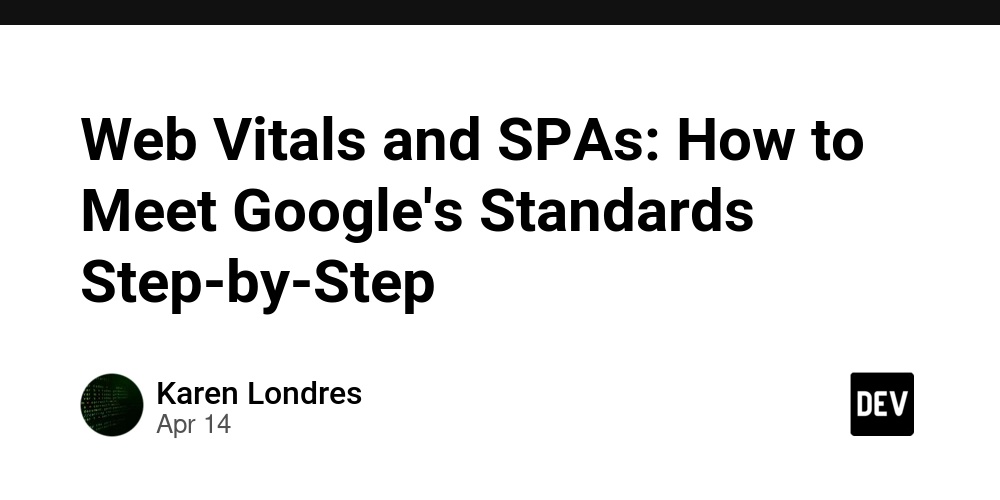
In today's fast-paced digital ecosystem, performance and user experience are everything. Google's Web Vitals initiative aims to provide unified guidance for quality signals that are essential for delivering a great user experience on the web. However, when it comes to Single Page Applications (SPAs), achieving high Web Vitals scores can present unique challenges.
In this comprehensive guide, we'll walk you through exactly how to optimize your SPA to meet Google's Web Vitals standards step-by-step. We'll also integrate practical code snippets to help you implement best practices immediately.
What are Core Web Vitals?
Core Web Vitals are a subset of Web Vitals, focusing on three specific metrics:
- Largest Contentful Paint (LCP): Measures loading performance.
- First Input Delay (FID): Measures interactivity.
- Cumulative Layout Shift (CLS): Measures visual stability.
If you want your site to rank well, it must pass these metrics consistently.
Challenges for SPAs
SPAs are heavily JavaScript-driven, which means they often:
- Delay meaningful content rendering.
- Block main-thread operations.
- Cause layout shifts during client-side transitions.
Therefore, we must be extra mindful about how we build and optimize our SPAs.
Step 1: Server-Side Rendering (SSR) or Static Site Generation (SSG)
By pre-rendering as much as possible, you reduce the load on the client and speed up the initial paint.
Example with Next.js:
// pages/index.js
export async function getStaticProps() {
return {
props: {
message: "Hello, World!"
}
};
}
export default function Home({ message }) {
return <h1>{message}</h1>;
}
Step 2: Optimize JavaScript Bundles
Use code-splitting and lazy loading to prevent the browser from getting overwhelmed.
Example with React Lazy:
import React, { Suspense, lazy } from 'react';
const LazyComponent = lazy(() => import('./LazyComponent'));
function App() {
return (
<Suspense fallback={<div>Loading...</div>}>
<LazyComponent />
</Suspense>
);
}
Step 3: Use Web Workers
Offload heavy computations to background threads.
const worker = new Worker('worker.js');
worker.postMessage('Start heavy task');
worker.onmessage = function(e) {
console.log('Message from worker:', e.data);
};
Step 4: Optimize LCP (Largest Contentful Paint)
- Use a content delivery network (CDN).
- Optimize and compress images.
- Prioritize critical CSS.
Example: Preload important assets.
rel="preload" as="image" href="/hero.jpg">
Related Topic:
When optimizing web performance, it's crucial to also consider service quality in adjacent industries like laser hair removal lincoln park. Providing seamless user experiences online mirrors the efficiency and precision expected in personal care services.
Step 5: Improve FID (First Input Delay)
- Minimize JavaScript execution time.
- Break up long tasks.
- Use idle callbacks.
requestIdleCallback(() => {
expensiveFunction();
});
Related Topic:
Similarly, industries focused on health and beauty such as medspa lincoln park rely on quick and effective service to maintain customer satisfaction. Your SPA should be just as responsive to user actions.
Step 6: Prevent Layout Shifts (CLS)
- Always include size attributes on images and video elements.
- Avoid inserting content above existing content unless necessary.
Example:
src="/logo.png" width="400" height="100" alt="Logo">
Related Topic:
In clinics and wellness centers like med spa schaumburg IL, attention to detail ensures that client expectations are met. Similarly, preventing visual shifts enhances your users' trust and confidence in your application.
Step 7: Monitor and Measure
Use Google's free tools:
- PageSpeed Insights
- Lighthouse
- Chrome UX Report
- Web Vitals Extension
Example of Web Vitals monitoring with JavaScript:
import { getCLS, getFID, getLCP } from 'web-vitals';
getCLS(console.log);
getFID(console.log);
getLCP(console.log);
Related Topic:
Continuous improvement is critical not only online but also in beauty enhancement services like coolsculpting in chicago. Just as clinics rely on feedback and progress tracking, websites must monitor and iterate based on real user data.
Conclusion
Meeting Google's Web Vitals standards is no longer optional if you want your SPA to succeed in today's competitive landscape. Through server-side rendering, JavaScript optimization, image prioritization, and real-time monitoring, you can significantly improve your scores and user experience.
By implementing the practical steps outlined above, your website will not only meet but exceed the expectations of users and search engines alike.
Would you like me to also generate a quick meta description and title tag for your dev.to post to maximize your SEO impact?









